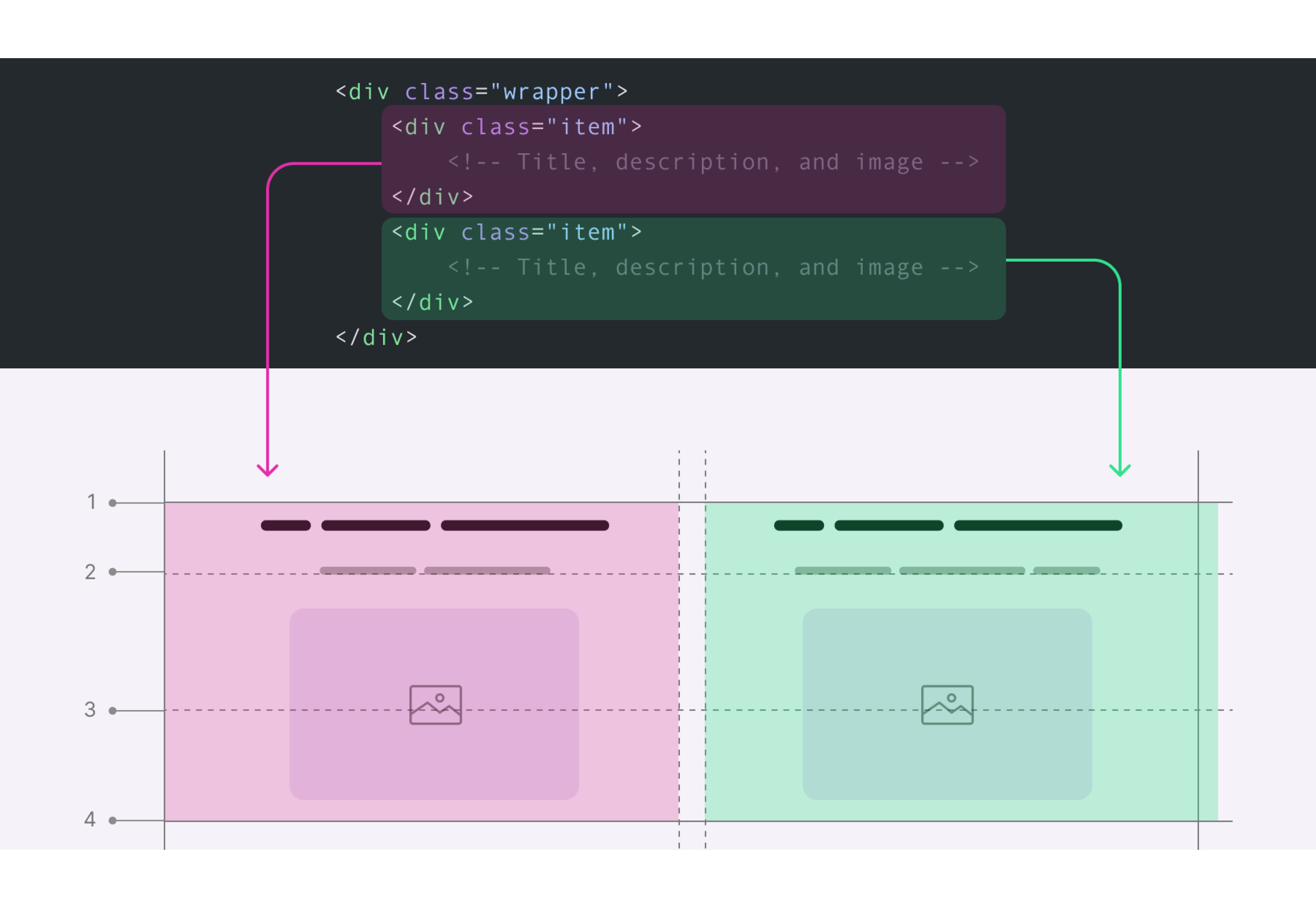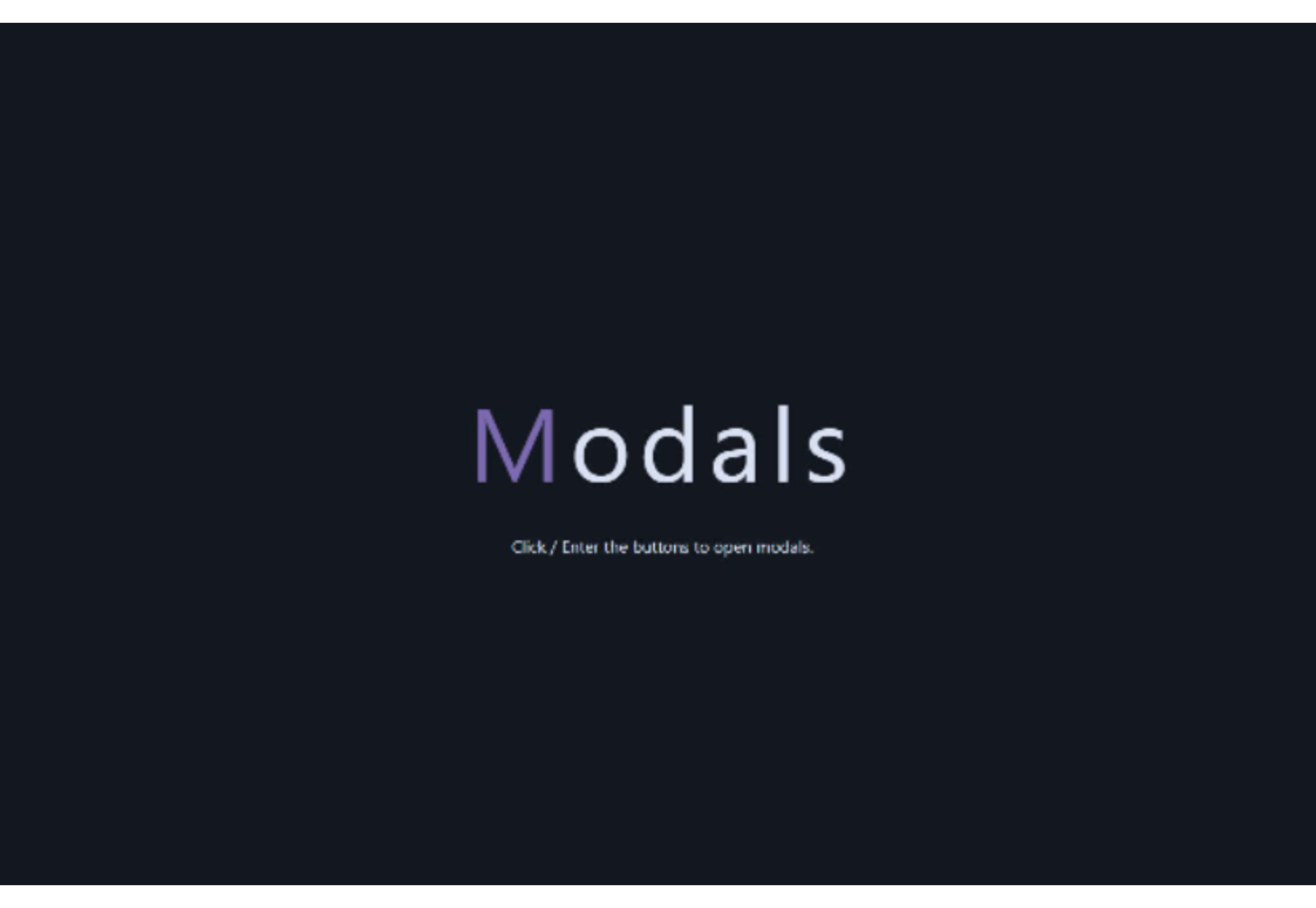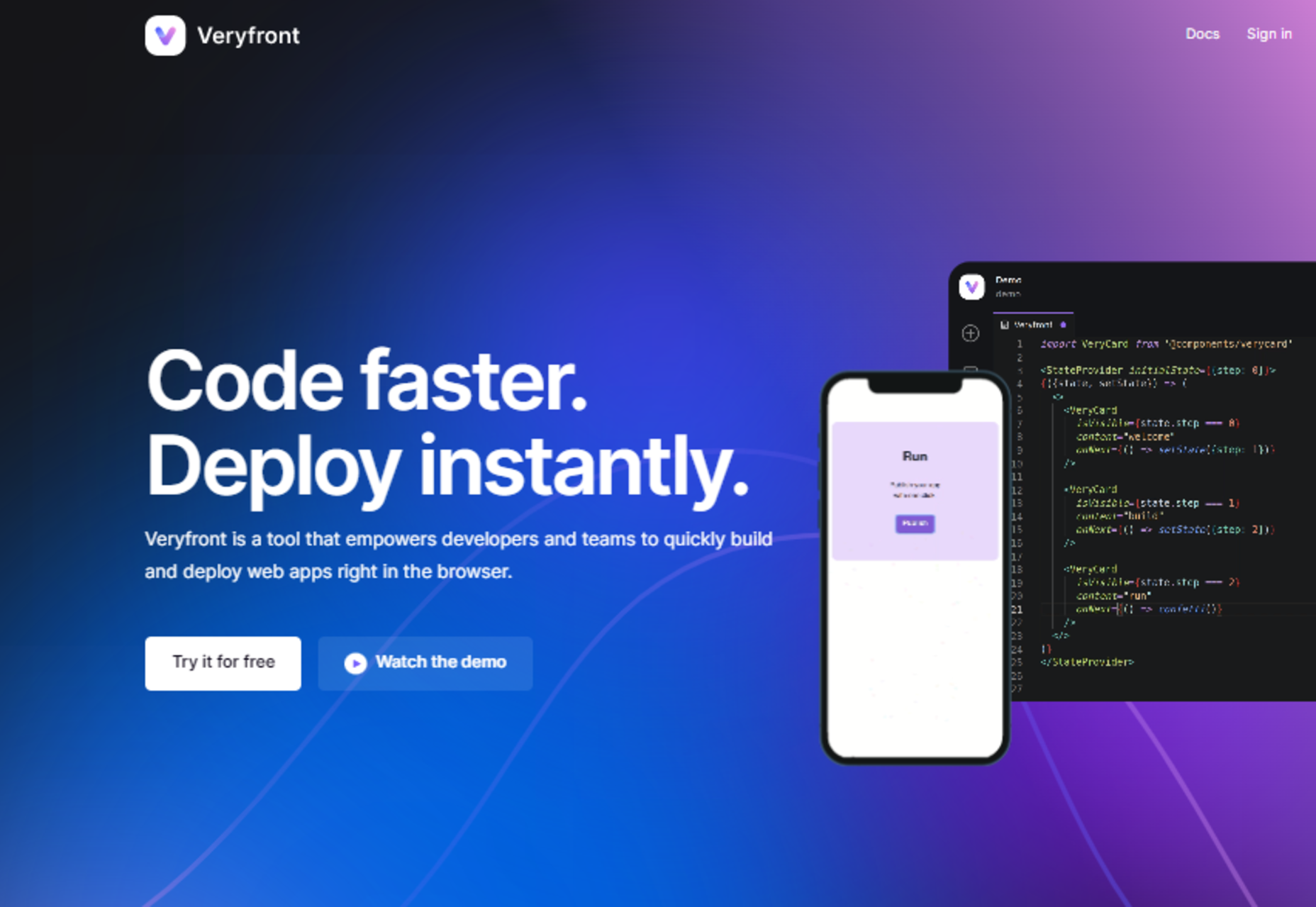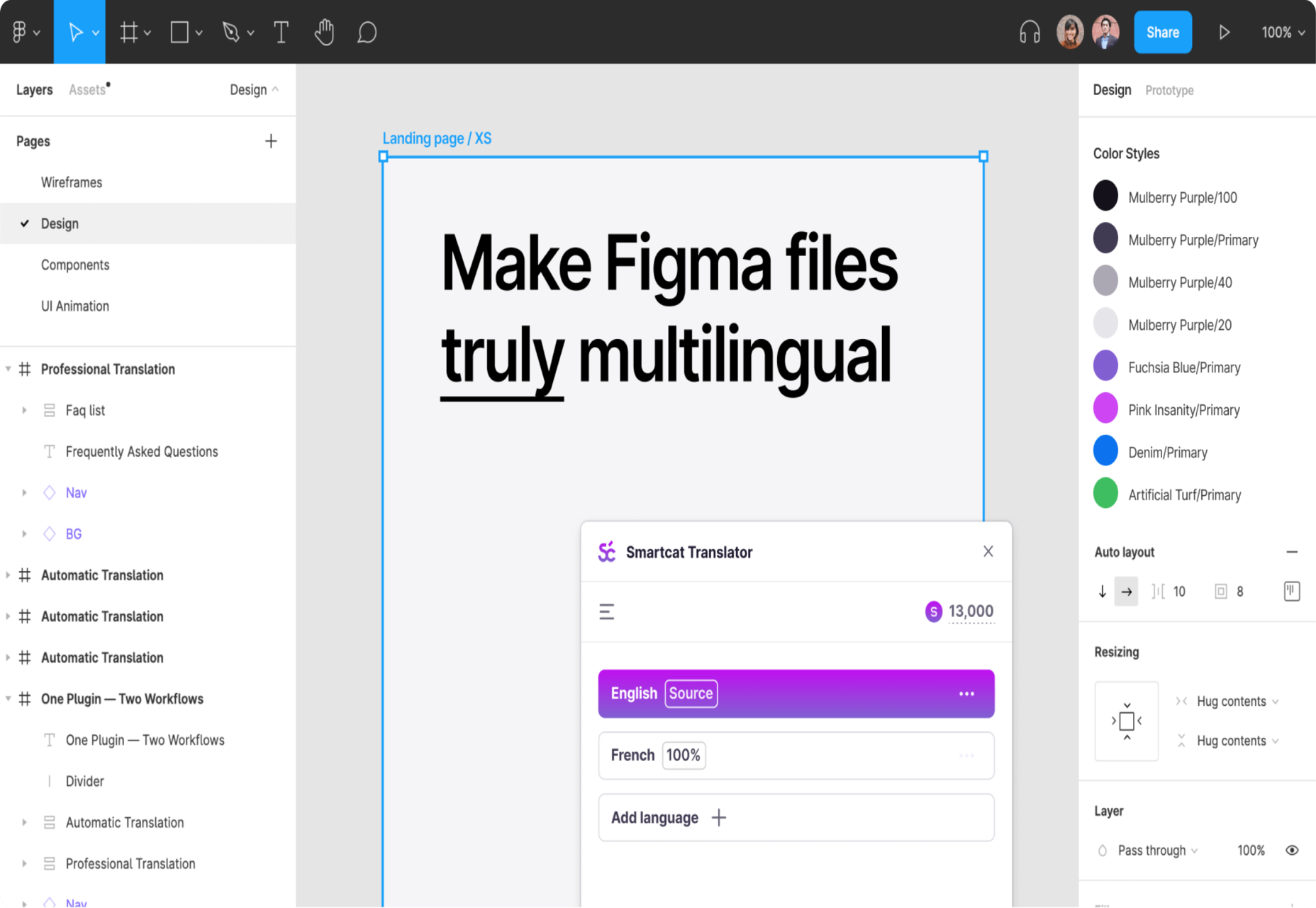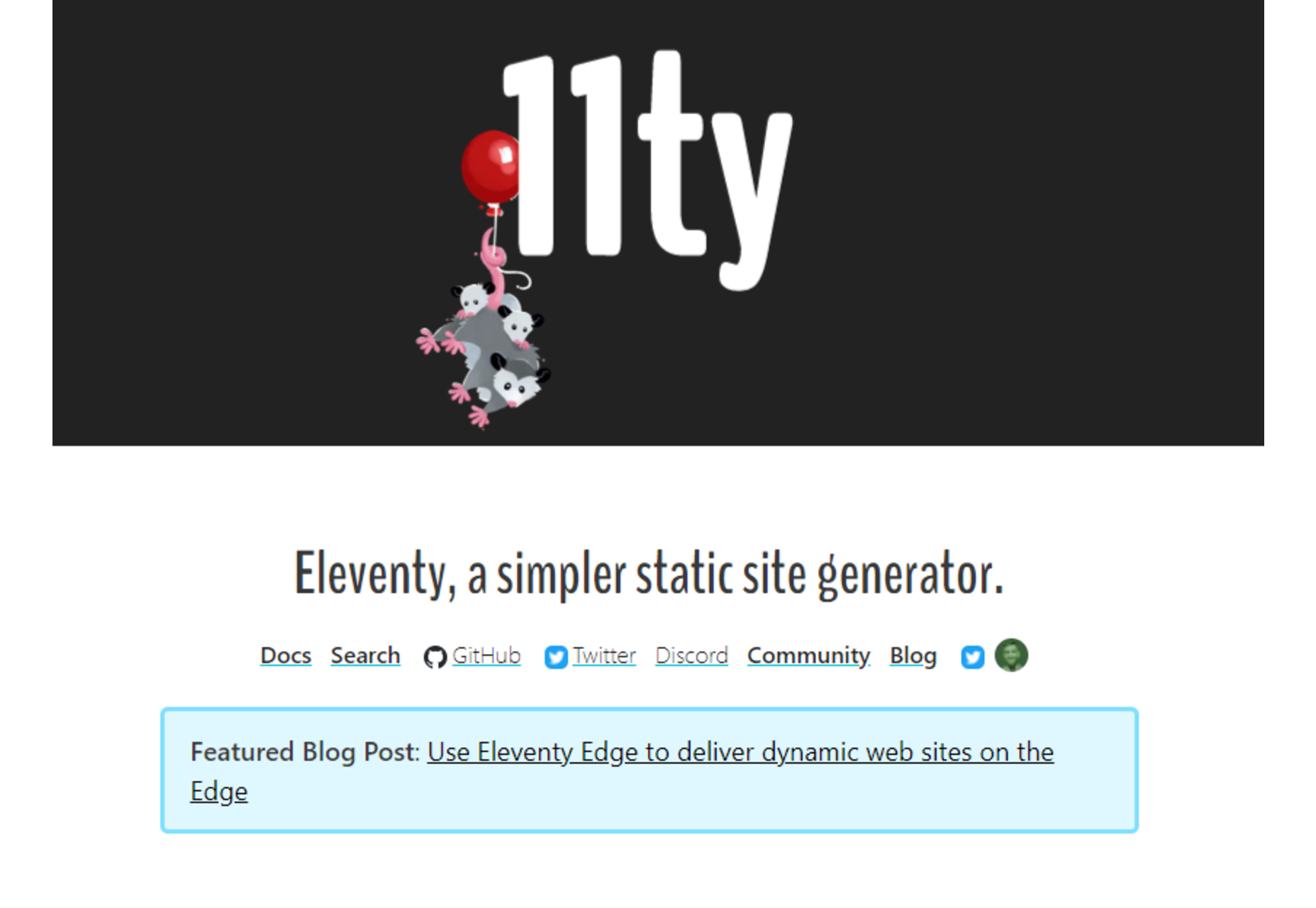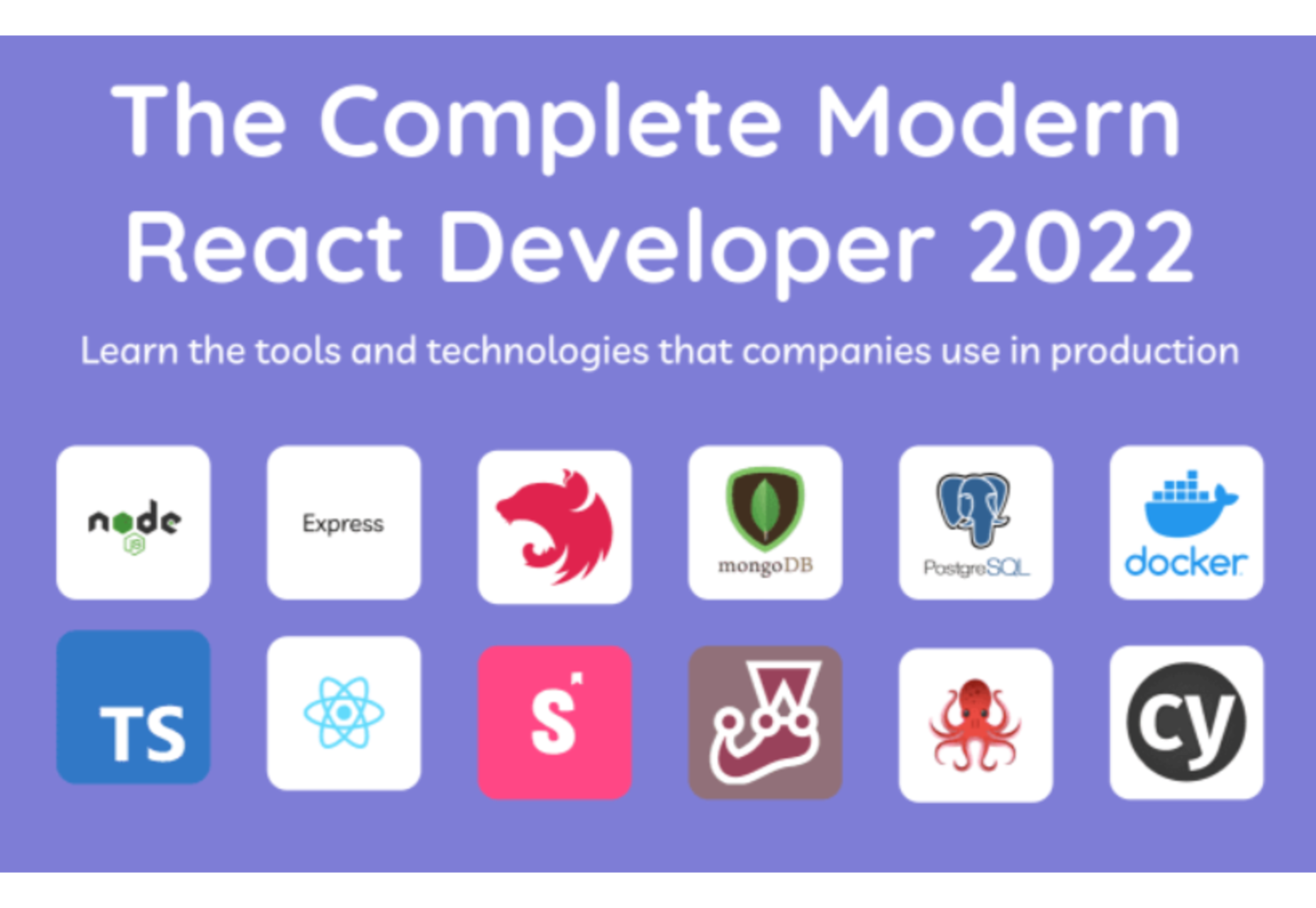The goal for a successful continuous delivery process is to minimize the time it takes for development teams to go from idea to usable software by practicing agile techniques and automating the entire software delivery system: build, deploy, test, release. This Refcard explains detailed patterns and anti-patterns for core areas of CD, including the delivery and deployment phases, rollbacks, pipeline observability and monitoring, documentation, as well as communication across teams and within the organization.
Source de l’article sur DZONE
Articles
Any typical enterprise-grade application deployed on Kubernetes comprises several API resources that need to be deployed together. For example, the WordPress application, which is one of the example applications available on the Kubernetes GitHub repository, includes:
- a
wordpressfrontend pod, - a
wp-pv-claimpersistent volume claim mounted to the frontend pod, - a
wordpress-mysqlMySQL database pod, - a
mysql-pv-claimpersistent volume claim mounted to the MySQL database pod, - two persistent volumes:
wordpress-pv-1andwordpress-pv-2to serve the persistent volume claims, - services for the database and frontend pods.
Application (or app) is not a native construct in Kubernetes. However, managing applications is the primary concern of the developers and operations. Application delivery on Kubernetes involves upgrading, downgrading, and customizing the individual API resources. Kubernetes allows you to restrict the spread of your application resources through namespaces such that you can deploy an entire app in a namespace that can be deleted or created. However, a complex application might consist of resources spread across namespaces, and in such cases answering the following questions might be a challenge:
In scanning the IT landscape, the call for DevOps engineers remains toward the top of many companies’ priorities. A nationwide search through various job posting sites returns literally thousands of DevOps opportunities. However, reviewing these job postings shows that the skillsets required are widely varied. In comparison, software development job descriptions and requirements tend to have a narrower focus – broadly speaking, a language and a particular framework. DevOps job descriptions and requirements range from implementing continuous integration and continuous delivery (CI/CD) processes, to building infrastructure, to configuration management, to cloud operations, to writing code in any number of languages, and so on. It’s an impressive and intimidating list. Have you considered joining the DevOps wave but have been challenged in getting a clear picture of what DevOps is or means? If so, you’re not alone.
What is DevOps?
While many organizations have DevOps teams, even within a single organization, there are likely to be multiple roles within a DevOps team. Why is that? The reason is that DevOps is a process, and various roles within a DevOps team each contribute to the process. The DevOps process is a product of the evolution of Agile development processes. With Agile, production-quality software is iteratively delivered, which drives the need to deploy software more often. The process of getting software into production needed to be streamlined, thus the DevOps movement and process was born.
 Having the right WordPress plugins on hand can do wonders for your business or online presence. WordPress offers a vast collection to choose from.
Having the right WordPress plugins on hand can do wonders for your business or online presence. WordPress offers a vast collection to choose from.
There are so many of them. However, finding those that get the best reviews and can do the most for you can be a challenge.
A plugin can give you additional functionality. It could otherwise be difficult or overly expensive to realize with your website by itself. A glance at the 10 top WordPress plugins described below can provide a powerful case in point.
Your website’s purpose or niche will usually dictate the types of essential WordPress plugins you would do well to invest in. The right ones can make your website a genuine powerhouse and, by extension, your business as well.
1. Amelia
Amelia is an excellent choice for beauty, healthcare, fitness, consulting, and businesses that might be saddled down with a manual or semi-manual booking system by saving them and their clients time while eliminating booking mistakes that often occur in those manual systems.
- Clients can book appointments online 24/7, change or cancel their appointments, and receive reminders of upcoming appointments and other notifications via SMS or email.
- Amelia enables business owners or department managers to track and manage employee schedules and time off.
- Amelia can manage bookings for appointments, book tickets for events, and manage group bookings, all at multiple locations. There are no limits on the number of appointments that can be managed.
- Booking forms can be customized to best serve a business’s needs and match its brand.
Amelia fully supports WooCommerce with PayPal, Stripe, Mollie, and RazorPay payments. Click on the banner to learn more about this time and money-saving plugin.
2. wpDataTables
wpDataTables is a premier WordPress table and chart building plugin that features virtually everything you are apt to need to build any table or chart you want.
Creating a table that is by any definition complex often requires tools that may not necessarily be easy to come by. wpDataTables uses four chart-building engines, one or more of which should suit you perfectly.
They are:
- Google Charts
- Highcharts
- Charts.js
- Apex Charts
For both table and chart building, wpDataTables can connect you to multiple database sources, including –
- MySQL
- MS SQL
- PostgreSQL
wpDataTables can process data that exists in the commonly used formats and features various sorting and filtering options that allow you to create a host of different table types.
Both tables and charts are editable and responsive and, thanks to the wpDataTables conditional formatting feature, can highlight and color-code critical information.
Click to learn more.
3. Site Kit by Google
While your website’s performance might exceed your wildest dreams, it is more likely that there are areas that need improvement before your wishes can be met.
Determining those areas can be a challenge, but Site Kit offers a one-stop solution to deploy, manage, and get insights from critical Google tools to make your site a success by making those critical tools available to WordPress.
They provide:
- stats displayed on your WordPress dashboard from multiple Google tools
- quick Google tool setup without your having to edit your site’s source code
- key metrics and insights for your entire site and individual posts, and
- easy-to-manage, granular permissions across WordPress and different Google products
Site Kit shows you how many people have found your site, how users navigate it, etc.
Click on the banner to learn more about what Site Kit could do for you.
4. Tablesome – WordPress Table Plugin With Form Automation
Tablesome is a WordPress form database and form automation plugin that you can use to store entries from WordPress forms to a database. It can be integrated with popular forms – Contact Form 7 DB, WPForms entries, Forminator database, Elementor Form submissions, etc.
After saving, you can:
- Edit, auto-delete, and export entries to tools such as MailChimp, Google Sheets, Salesforce, etc.,
- Display WordPress form entries on frontend pages
- Automatically export contact data using the Mailchimp WordPress Integration
5. TheDock
TheDock eliminates the need to search for just the right WordPress theme by enabling you to create your own – which can be more fun anyway.
Among TheDock’s many features, a few key ones include –
- A comprehensive, option-rich Design System
- A responsive design system that ensures your site looks great on all screens.
- Designer, developer, and editing collaboration support.
- Clean, readable code.
6. Slider Revolution
Beginners and mid-level designers can sometimes have difficulty finding ways to WOW their clients with professional-level visuals.
Slider Revolution changes all that by bridging the gap between what clients want and what you can provide with its –
- 200 designed-to-impress website and slider templates
- 25+ powerful addons and brand new WebGL slide animations
- ability to import dynamic content from WooCommerce and social media outlets.
7. LayerSlider
More than a simple slider-builder, LayerSlider is an animation and website-building tool you can use to improve any website’s look and feel through eye-catching animations, contemporary graphics, and interactive features.
This is made possible in part through the use of –
- 160+ website, slider, and popup templates
- LayerSlider’s modern and intuitive editing interface
Plus, you can count on professional one-on-one customer support.
8. Download Monitor
The Download Monitor plugin helps you sell your digital products by offering a ready solution for tracking file downloads, gating content to generate leads, build your audience, and ask users for personal information in exchange for valuable content.
Download Monitor lets you –
- add any type of file you need to your website
- link a page to all your channels and promote your social media networks
- place ads – and more.
9. Ads Pro – Multi-Purpose WordPress Ad Manager
The biggest ad manager for WordPress, Ads Pro gives you everything necessary to manage and sell ads.
Ads Pro’s admin panel makes managing ads straightforward for you and your users.
- Key ad features include 25+ ad templates and 20+ ad display options.
- CPC, CPM, CPD billing and PayPal, Stripe, and bank transfer payment methods are built-in.
- Geo-Targeting lets you show/hide ad spaces based on countries, provinces, cities, and Zip Codes.
10. Ultimate Membership Pro
If selling content is your objective, Ultimate Membership Pro is the tool you’ll want to take your website and convert it into a powerful content selling platform.
The Ultimate Membership Pro plugin enables you to –
- Create unlimited subscription levels, including free, trial, and paid member subscriptions
- Control customer access to content based on their subscriptions
- Send emails to welcome new members and send notifications and reminders to regular subscribers.
The WordPress plugin directory is already stuffed with almost 60,000 plugins. This guide has been published to narrow things down to 10 top WordPress plugins for your use.
We consulted with experts to create this list of excellent plugins for WordPress. It can help you with content strategy, SEO, site security, and even social media marketing.
Installing plugins and getting the functionality they provide can add immense value to your use of WordPress.
[- This is a sponsored post on behalf of BAW Media -]
The post 10 Terrific WordPress Plugins You Should Be Using in 2022 first appeared on Webdesigner Depot.
 Every day design fans submit incredible industry stories to our sister-site, Webdesigner News. Our colleagues sift through it, selecting the very best stories from the design, UX, tech, and development worlds and posting them live on the site.
Every day design fans submit incredible industry stories to our sister-site, Webdesigner News. Our colleagues sift through it, selecting the very best stories from the design, UX, tech, and development worlds and posting them live on the site.
The best way to keep up with the most important stories for web professionals is to subscribe to Webdesigner News or check out the site regularly. However, in case you missed a day this week, here’s a handy compilation of the top curated stories from the last seven days. Enjoy!”
Google Updates its Classic Roboto Font
The Worst Design Fails of 2022 to Date
Learn CSS Subgrid
15 Modal / Popup Windows Created with Only CSS
Roboto Flex Now on Google Fonts
Veryfront – Code Faster, Deploy Instantly
This Mammoth Paper Bag Collection is a Graphic Design Dream
Smartcat for Figma
15 Best New Fonts, May 2022
Magical SVG Techniques
Web Development for Beginners – A Curriculum
Eleventy – A Simpler Static Site Generator
The Complete Modern React Developer 2022
The post Popular Design News of the Week: May 9, 2022 – May 15, 2022 first appeared on Webdesigner Depot.
Scraping websites built for modern browsers is far more challenging than it was a decade ago. jsoup is a convenient API that makes scraping websites trivial via DOM traversal, CSS Selectors, JQuery-Like methods, and more. But it isn’t without its caveat. Every scraping API is a ticking time bomb.
Real-world HTML is flaky. It changes without notice since it isn’t a documented API. When our Java program fails in scraping, we’re suddenly stuck with a ticking time bomb. In some cases, this is a simple issue that we can reproduce locally and deploy. But some nuanced changes in the DOM tree might be harder to observe in a local test case. In those cases, we need to understand the problem in the parse tree before pushing an update. Otherwise, we might have a broken product in production.
 Bored with the same old design tools? There are plenty of new toys to experiment with, from fun divots to functional design tools that could become your new go-to’s.
Bored with the same old design tools? There are plenty of new toys to experiment with, from fun divots to functional design tools that could become your new go-to’s.
Here’s what is new for designers this month…
Kosmo
Kosmo is a new project management and invoicing system designed just for freelancers. Designers and developers will love it because the interface is sleek and modern. The tool lets you send invoices, track time, manage projects, send proposals and contracts, and manage billing. You can customize everything from your brand to colors so that your invoices reflect your business style. The platform has a free option as well, making it easy to have the tools you need to run your business. (Plus, there’s a very affordable premium plan if you want more features.)
STUDIO
STUDIO lets designers layout and publish responsive websites, including the ability to connect to backend data, all with a low learning-curve GUI and no coding knowledge prerequisites. You can publish to a free URL with free hosting on the cloud. The free version also includes forms. STUDIO also has premium plans if you like the tool for websites of all sizes and bandwidth needs.
NFT.js
NFT.JS allows you to deploy an ERC721 contract that can perform all the required functions without writing a single line of code. Interact with the contract by calling functions and sending transactions to the contract with a couple of lines of NFT.JS. Provide the input file into the metadata object, and NFT.JS uploads all the files provided in the metadata to IPFS as well as uploads the metadata.json file to IPFS and mints the NFT.
Color Morph
Color Morph is a fun little tool to help you generate mesh gradients in SVG format, or generate CSS, that you can snag and use in projects. The patterns are trendy and fun to use.
Scripts Organizer
Scripts Organizer is an advanced code editor for WordPress. This premium tool helps you make workflow scripts work for you with scheduling, advanced functionality, live previews, safe mode, SCSS partials, code injections, import and export, and more.
Texture
Texture is a fun web project that creates generative art that you can use for backgrounds or pretty much anything else. Preview the textures, pull the JavaScript or CSS or even edit and continue to play with them on CodePen.
Avvvatars
Avvvatars are a set of unique placeholder avatars that are free. The tool is easy to use, includes 40 colors, is accessible and lightweight, comes with 60 shapes, and is customizable. You can grab it on GitHub or as a Figma file.
Epic Ruler
Epic Ruler is a premium design utility tool that measures distance, dimensions, position, pick colors, test contrast, and align on-screen elements anywhere on your screen. You can also create alignments, and it comes with a great color picker that helps you pinpoint hues down to the pixel.
Jotform Apps
Jotform Apps is a new set of app tools from the company you may know for form-building tools. The free no-code app builder lets you add forms, links, widgets, and branding to one fully customized app that can be downloaded onto any smartphone, tablet, or computer. Get started with a template to jumpstart projects.
Spruce
Spruce is an open-source, lightweight CSS design system that’s built on Sass. The tool, which is in beta, is designed to help you start with a solid foundation for projects. It includes structure and code, typography, tables, and buttons.
Yaade
Yaade is an open-source, self-hosted, collaborative API development environment. It’s made for those who want self-hosting in security – if you don’t know the password, there’s no way in! You can import OpenAPI v3 files, there’s data import and export, and a dark mode default.
Agnostic UI
Agnostic UI is one stylesheet that works with multiple frameworks. The user interface components work in React, Vue 3, Svelte, and Angular. It includes semantic and accessible HTML with unprocessed CSS so you can code on the platform to get ahead of web standards.
Turbulent Buttons
Turbulent Buttons is a button-and-hover animation that goes the extra mile. This is a fun button and animation that is anything but boring.
Never Install
Never Install is a cloud platform that allows you to run any application from the browser without installing it on your device. It is an alternative to traditional desktop application usage and enables people to stream applications over the web. The developers are working on a next-generation cloud platform to bring any GUI application regardless of the operating system, device, and system requirements to the browser. The tool is free to use.
Photoinsight
Photoinsight is a tool (free and paid) to manage digital assets, including photos, videos, and 3D elements, in one place. You can search, filter, and group views based on your preferences. Plus, there are tools such as batch renaming and statistics and trends to help you manage files.
Formspector
Formspector answers that nagging question – are my forms working? Use the tool to set automated tests that will notify you if anything stops working, from newsletter signups to contact forms to support requests.
Wikifox.js
Wikifox.js is a lightweight, powerful, and restful JavaScript library that connects to the Wikipedia API. This library can be used to get content from Wikipedia.
Lightning Builder
Lightning Builder is a free browser-based drag and drop website builder. You can design a mockup in minutes so that you can show developers or writers what you are thinking when you are planning a new design or website project. Use it to ease communication for teams with new project builds.
Waaard
Waaard is a tiny tool with a lot of practical applications. Use it to create a protected link or file that only people you want to access it can open. With plenty of verification methods, you’ll know your links are safe.
Doodle Ipsum
Doodle Ipsum is the lorem ipsum of illustrations. Customize doodles, grab the code, and use them on web prototypes, landing pages, or no-code tools.
FF Din Stencil
FF Din Stencil is a fun display typeface for just the right application with a distinct style. It comes in a variety of weights and styles and is part of a greater FF Din family.
Fontanella
Fontanella is a typeface designed by Coto Mendoza, which emerged from calligraphy and manual drawing exploring the skeleton and classic proportions of Roman capital letters. It has an easy-to-read style with interesting sans serif characters.
Sarlotte
Sarlotte is a statuesque typeface with long tails, swashes, and flourishes. From the type designer: It seduces your eyes with its curves yet still manages to maintain its classy serenity, it’s perfect for branding, logos, invitations, and more.
The post Exciting New Tools For Designers, April 2022 first appeared on Webdesigner Depot.
Given CockroachDB scales with vCPU, there’s a hard limit to how many active connections we can support per vCPU before a serious problem arises. PGBouncer stretches the limits a bit making it a cost-effective option. In serverless architectures, there is no client-side connection pooling, and using middleware like PGBouncer can alleviate the problem of connection storms. Please see my previous articles on the topic for more details.
Previous Articles
- Using PGBouncer with CockroachDB
- Using PGBouncer with Cockroach Cloud Free Tier
- Exploring PGBouncer auth_type(s) with CockroachDB
Motivation
We’ve covered how to deploy PGBouncer with a self-hosted CockroachDB cluster. Today, I’m going to demonstrate how to run PGBouncer along with the Cockroach Cloud free-forever tier database. The overall concepts are identical, but we will highlight some of the major differences in deploying PGBouncer with a cloud product.
 We’re going to have some fun this month. There are so many new tools and resources out there for designers that make life easier, and others are simply enjoyable.
We’re going to have some fun this month. There are so many new tools and resources out there for designers that make life easier, and others are simply enjoyable.
Here’s what is new for designers this month …
Polka Dot Generator
Polka Dot Generator is exactly what you think. Adjust colors, dot size, shadow, and fuzziness, and then export the CSS for use in your projects. This could make for fun effects or backgrounds.
Design Memes
Design Memes is just a lot of fun. It’s a collection of memes based on design culture updated daily. It’s a little silly and a little reflective. Yes, it’s completely ok to laugh at yourself.
Pppointed
Pppointed is an SVG arrow-making tool that helps you create cool pointers without a lot of effort. Just pick a color, shape, and style, and you are ready to go. Save your custom arrows as SVG files or copy the code and use them on the web whenever you want to point at things visually.
Open Source Color System
Open Source Color System is a set of palettes that include carefully picked colors to help you overcome interface challenges. For example, it is one of the only color tools out there that includes palettes for light and dark modes. It’s also designed with accessibility in mind to help you create a complete and usable system.
Cowsay
Cowsay is a nifty little web interface of the same name made with Svelte and HTML Canvas. Play with it and then copy your art as ASCII or an image.
Minze
Minze is a simple JavaScript framework for native web components. It’s tiny and fast, modern, shareable, framework agnostic, and uses TypeScript to scale your component library. Plus, you can get started with it right away.
Tally
Tally is a simple – and free – online form builder. You can use it without coding, and it works like a document file, so there’s no learning curve. You can create unlimited forms, integrate with other tools, set logic, collect payments, and more. There’s a pro version as well if you need even more features.
Hue.Tools
Hue.Tools is another color tool to help you maximize effort when creating palettes. Generate a color you like, see specs and values in all the different color spaces, inspiration from design sites, and colors that work with it. It’s fun and functional.
Sturdy
Sturdy is a low overhead code collaboration platform for fast-moving teams. With Sturdy, you work in the open with your team. Discover and interact with draft code as it is written. Those team drafts are like live pull requests (Figma or Google Docs) but using your local editor.
Mage
Mage is a tool that transforms your data into predictions. Build, train, and deploy predictive models in minutes with no AI experience required. This is a premium tool, but you can try it for free.
Huemint
Huemint is a machine-learning-based color scheme generator for websites, graphics, and branding. There are many options to play with, and you can generate some pretty interesting combinations that ordinarily you might not think of.
CSSUI
CSSUI is another tool you’ll love because it includes pure CSS interactive components without any JavaScript. It’s easy to customize, uses standard HTML, is easy for all levels to use, is tiny and fast, and supports pretty much all modern browsers. It’s an open-source tool that you can download and use immediately.
UI Icons Line – Free
UI Icons Line – Free is a set of 1,000 free vectors for use in your projects. Who doesn’t need a robust set of icons?
Skill Icons
Skill Icons is a set of icons to help you showcase your design and development skills on your resume or GitHub. They all look great and match.
Ambient Design
Ambient Design is a mobile app design market where you can get mobile UI kits for Figma. Purchase kits separately, or buy quarterly or yearly plans to access all current and future UI kits.
TextFrame
TextFrame lets you create animated tutorials for your users to get the help they need. It integrates directly with WordPress or any other website with just a couple of lines of code and includes plenty of customizable options to make it easy for you to help others understand how to use the website. The tool is free for one site and just a few bucks per month for additional sites.
Booqsi
Booqsi is a fun new social media network for book lovers. The platform is still in beta and lets you save and share books, create shelves for reading, and doesn’t force a connection to Amazon. It’s just all about the books. And there’s a bonus: every link from the site goes back to bookshop.org to help you find and support local bookstores.
Stylo
Stylo is an open-source WYSIWYG interactive editor for JavaScript. It is made to bring great user experience and interactivity to the web, for everyone, with no dependencies. It has an interactive design, is customizable, and is future-proof.
Tutorial: How to Favicon in 2022
How to Favicon in 2022 is an excellent lesson on the five icon files every website needs (plus one JSON file). If you are creating more than that, this is a must-read.
Tutorial: Creating Generative SVG Grids
Creating Generative SVG Grids is an in-depth, step-by-step tutorial for anyone who wants to create a more artistic SVG. It uses a handful of tools, including SVG.js, Generative Utils, TinyColor, and GSAP.
Fromage
Fromage is a new and beautiful premium typeface family from Adam Ladd. It includes 14 styles with an interesting serif and alternative sans option. The high-contrast design is great for a variety of projects.
HD Colton
HD Colton is a premium super sans serif typeface with a whopping 91 styles and family package options. It would make a bold statement as a display option.
The post Exciting New Tools For Designers, March 2022 first appeared on Webdesigner Depot.
Stream-Aligned and Platform Teams
The 2021 State of DevOps report identifies two types of teams as the way high-maturity teams organize themselves: stream-aligned teams and platform teams. The idea of a « platform » or « internal developer platform » is fundamental to GitOps. While a GitOps pipeline begins with committing code to a Git repository, it is made possible by a platform that paves the way for that new code to move in an automated way from the repository to a production environment.
The platform is how the Ops team provisions resources such as cloud services, storage, service meshes, and security and monitoring tools in a ready-made template. These templates are created even before they are needed and made available to any developer within the organization. The big shift due to this is that developers need not raise a ticket for the resources they need: they can pick a ready-made template and deploy their code in a matter of minutes. From the Ops side, they have peace of mind knowing they have configured this template and that it follows security protocol by default. It does not require developers to separately configure security for deployments.

















